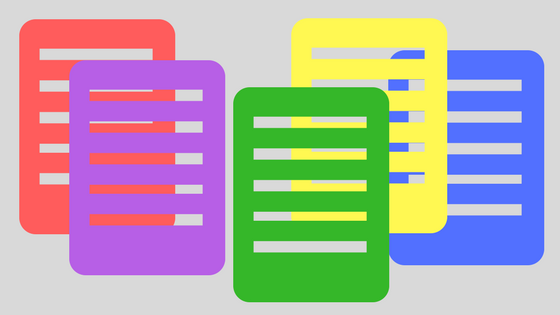Age-level book lists are everywhere. Almost any book seller has a prepared list for your shopping ease. Is picking a book from a list based on your child’s age the critical factor to make reading time worthwhile?
Anyone who has been a parent for more than a few hours is very aware that parenting has a lot of unknowns. With the uncertainty that parenthood naturally brings, there is a definite appeal to an age-level book list. It’s comforting to see a firm list of books targeted to your child’s age and interests, when other areas of parenting seem to be harder to figure out. Thumbs up to anything that makes life a little easier, right?
The book posts on Talk to Learn are organized into age-level lists for one purpose: to inspire active reading. The grouping of book posts for ages 0-1, ages 2-3, or ages 4-5 will get you started, but aren’t a concrete divider. Active reading is a stronger guarantee that your child will enjoy reading the book–even more important than an age-level label.
Talk to Learn with Active Reading
Active reading is a style of reading that includes conversation. The back-and-forth conversation while reading the book builds his understanding far beyond simply reading the text.
Active reading helps your child:
- stay interested in the story
- understand new words
- build background knowledge
With active reading, the same book can often be used with various ages. For example, a young toddler might delight in pointing to the main character of the story in each illustration. An older preschooler might get excited and expand the story by remembering something that happened yesterday. Guiding and adapting the conversation to fit your child’s development and experiences puts more books within reach.
Without a doubt, age-level book lists are a helpful starting point for picking a book to share with your child, but the suggested age isn’t the only thing that matters. Active reading–back-and-forth conversation while you read–can widen the possibilities beyond age-level labels.
Your child will stay tuned-in longer and understand more with active reading–and isn’t that more important than an age-level label?



